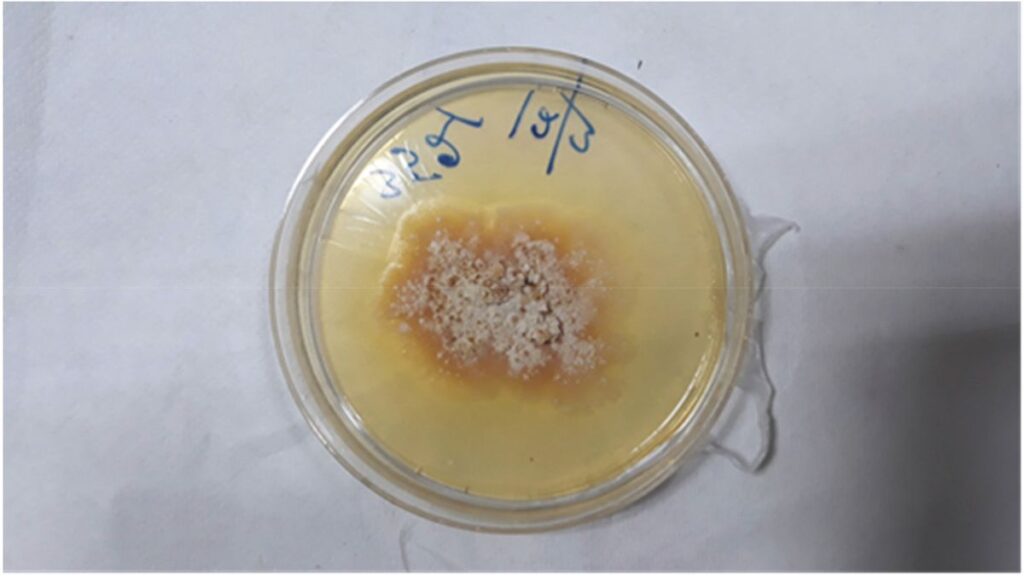
A rare and unusual case has emerged in the medical community, as a 61-year-old Indian man has become the first person ever to be infected by a plant fungus disease. The man, who remains unnamed, is believed to have contracted the disease while working as a mycologist, a fungi specialist who works closely with decaying material such as mushrooms, moulds, and yeast.
The patient initially presented flu-like symptoms and was unable to swallow for three months. After performing scans, doctors discovered an abscess in his windpipe and drained the pus before sending samples to a lab for testing. The results showed that the man had been infected with chondrostereum purpureum, a fungus that causes a silver leaf disease in plants. This disease is spread through airborne spores and slowly kills the plants while turning their leaves a metallic colour.

The case has raised serious concerns in the medical community, as it shows that the infection can affect both healthy individuals and those with compromised immune systems. Before this case, the disease was not thought to affect humans. Though there are millions of types of fungi in the environment, most are harmless to humans. However, over the past several decades, multiple new pathogenic fungi have emerged, which has become a growing concern.
The patient had no underlying conditions, but the disease caused him to have a persistent cough, hoarse voice, and fatigue. An X-ray returned normal results, but a CT scan showed the abscess lodged inside his neck, which can prove fatal if left untreated. Typically, antifungal drugs are administered, and surgery is required to drain the abscess. In this case, the patient was treated over a few months with complete drainage of the pus followed by oral voriconazole for 60 days. The patient fully recovered and was discharged with no evidence of recurrence.

The current environmental crisis could worsen matters as global warming could open Pandora’s Box for newer fungal diseases. Just last week, US health agencies warned the public about the Candida Auris fungus, which has a mortality rate of up to 60 percent and is becoming more resistant to antifungal drugs.

In conclusion, this rare case highlights the need for increased awareness and vigilance in the medical community for emerging fungal diseases. It also serves as a reminder that even the most innocuous-seeming tasks can be dangerous if proper precautions are not taken. We must take necessary measures to ensure the safety of those working in fields with potential exposure to hazardous substances, such as fungi, and continue to research and develop more effective treatments for emerging fungal diseases.


Leave a Reply